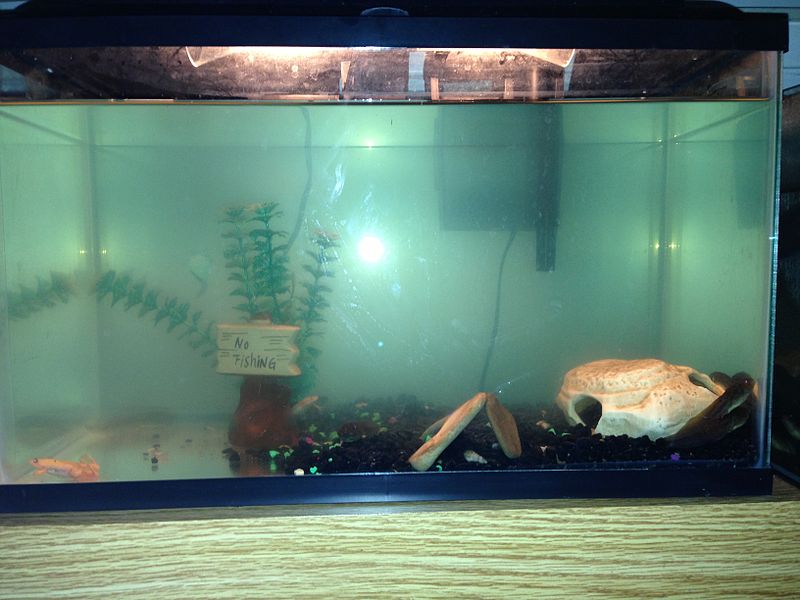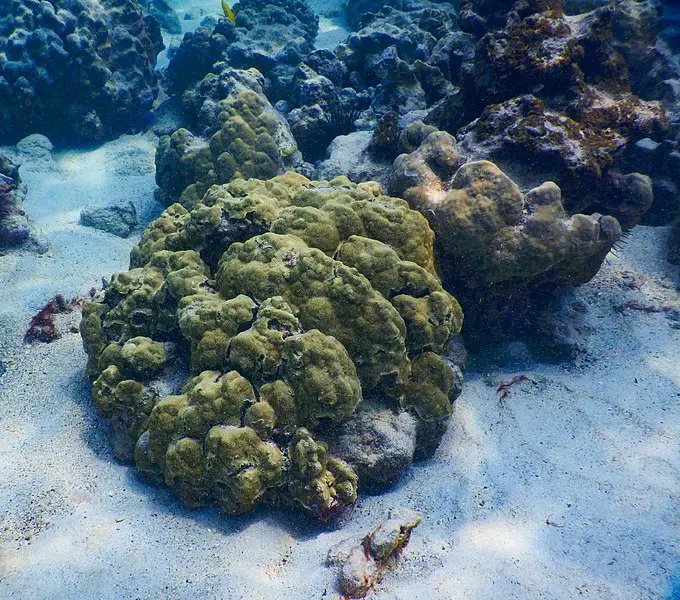Aquarium Filter Basics
Aquarium filters are essential to keeping the water clean and safe. Taking the time to use the correct filter and set it up properly ensures the health of the fish, plants, and other creatures in the aquarium.
In this article, we look at how deep your aquarium filter intake should be and how often you should change your cartridges. We also discuss how carbon filters and sponges affect aquariums, as well as how you know it is time to change your filter cartridge.
How Deep Should My Aquarium Filter Intake Be?
It is best to put your aquarium filter intake about two inches from the bottom of your tank. Most aquarists consider this to be the ideal location, and they note that the tube sucks up the water and cleans efficiently at this position.
This is also high enough to prevent the filter intake from sucking up debris that might cause a blockage, such as pebbles or plants.
If this position does not work for you, you can always move the filter intake around. Depending on your filter, you should be able to reposition it almost anywhere in the water. Pay attention to the instructions for your filter, and adjust the position as needed.
Risks of Putting Aquarium Filter Intake Higher or Lower
While there are few requirements to where you should put your filter intake, you need to make sure it is at least partially submerged. Putting it higher or lower, as long as it is properly submerged, is usually a matter of visual preference.
While you can put the aquarium filter intake higher, most aquarists like to keep it lower. This keeps the intake screen out of sight, keeping the natural look of the aquarium intact.
If this is not a problem for you, there is no reason you cannot put the intake higher. Make sure you can see the bubbles clearly rising, and position the filter as specified in its instructions.
How Often Should You Change Aquarium Filter Cartridges?
Your aquarium filter needs proper maintenance to remove toxins efficiently from the water. An easy way to do this is by changing the filter cartridges as needed.
The schedule you use to change these filter cartridges varies depending on what type of filter you use in your tank. Some can last months or even years, while others need regular replacement.
Mechanical Filters
Mechanical filters are those that force the water through media, such as a sponge, to get rid of solid debris. They keep the tank clear of larger toxins and keep the water clear.
Most mechanical filters do not need to be replaced unless the media falls apart. These filters grow a coverage of beneficial bacteria over time, and replacing the media often does more harm to your aquarium environment.
Instead, rinse the media of a mechanical filter about once a month, usually when you do a water change. You can use the aquarium water or treated tap water to rinse off debris while maintaining the presence of beneficial bacteria.
Chemical Filters
The most obvious example of a chemical filter is a carbon filter. These types of filters focus on removing impurities by absorbing toxins. Over time, the filter cartridges fill up with these toxins and should be replaced.
Most chemical filters explain how often you should change them, but a good general rule is once a month or every other month.
This timeline allows you to get the most use of the chemical filter before it starts to lose its efficacy.
Biological Filters
Biological filters use beneficial bacteria to tackle issues such as ammonia in nitrites. As the chemicals break down, the risk of toxicity is reduced. These bacteria grow all over the tank, but they seem to prefer gravel.
Biological filters should only be replaced when they stop working or fall apart. Like a mechanical filter, you can rinse and clean them about once every two months using treated water.
Is a Carbon Filter Bad for Planted Aquariums?
Carbon filters are great for removing toxins from aquarium water, but the way that they work is not ideal for planted aquariums. A carbon filter reduces the nutrients available to plants, completely counteracting liquid fertilizers essential to plant growth.
While the filter ensures cleaner water, it binds to metals such as iron that are important for the plants survival. Using liquid fertilizer in an aquarium with a carbon filter is essentially negating its effects.
You should limit carbon filter use in planted aquariums to shorter periods, such as removing medication from the tank.
Can I Use a Regular Sponge for an Aquarium Filter?
Sponges function well as aquarium filters, but not all sponges can be used. Some sponges contain harmful chemicals that will poison and kill your fish over time.
Do not use sponges that are not marketed for aquarium use, and steer clear of any that specifically warn against it. These sponges contain chemicals such as humectant, zinc pyrithione, and magnesium chloride that can cause your tank to spiral, killing all the life inside.
Sponges should be free of detergents and soaps, but you find these often in cheaper sponges or kitchen sponges.
Unless a sponge is marketed for aquarium use, it is likely to be too dense for water to move through it effectively. This slows the amount of water the aquarium filter can pull and makes it difficult for the filter to do its job.
When Should I Change My Aquarium Filter Cartridge?
There are a few ways to determine when you should change your aquarium filter cartridge.
If you are using a chemical filter, stick to the schedule provided by the manufacturer, usually every two months. These dates have been tested to ensure you get the most use out of your filter cartridge without losing its cleaning power.
For mechanical and biological filter cartridges, make sure you change them when they start to break down or stop working properly. You should rinse them out about every month or two, but once they start to deteriorate, you need to replace the filter.


